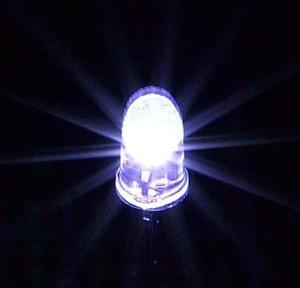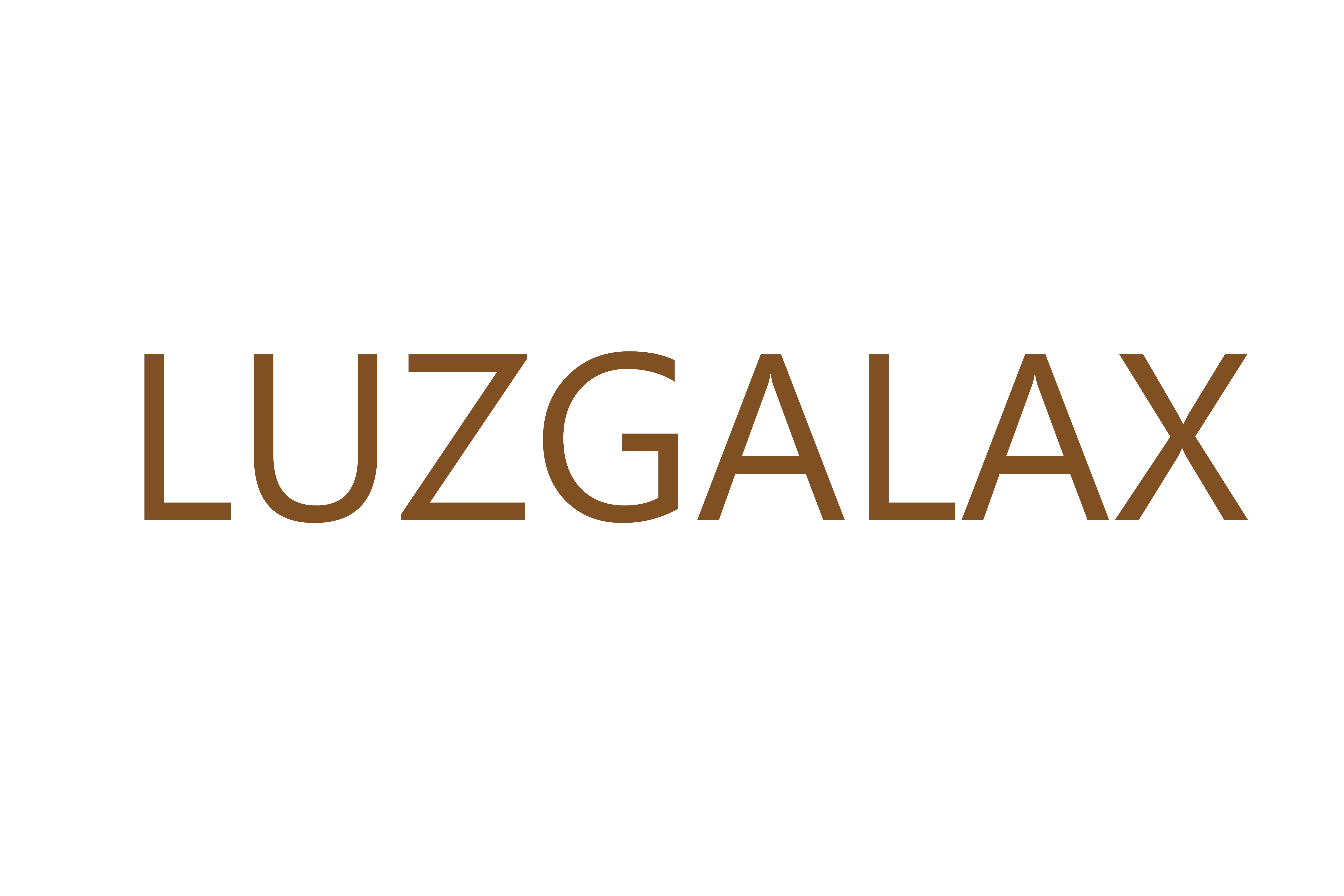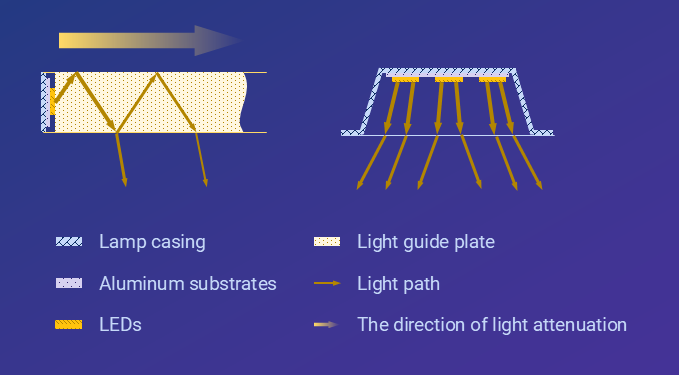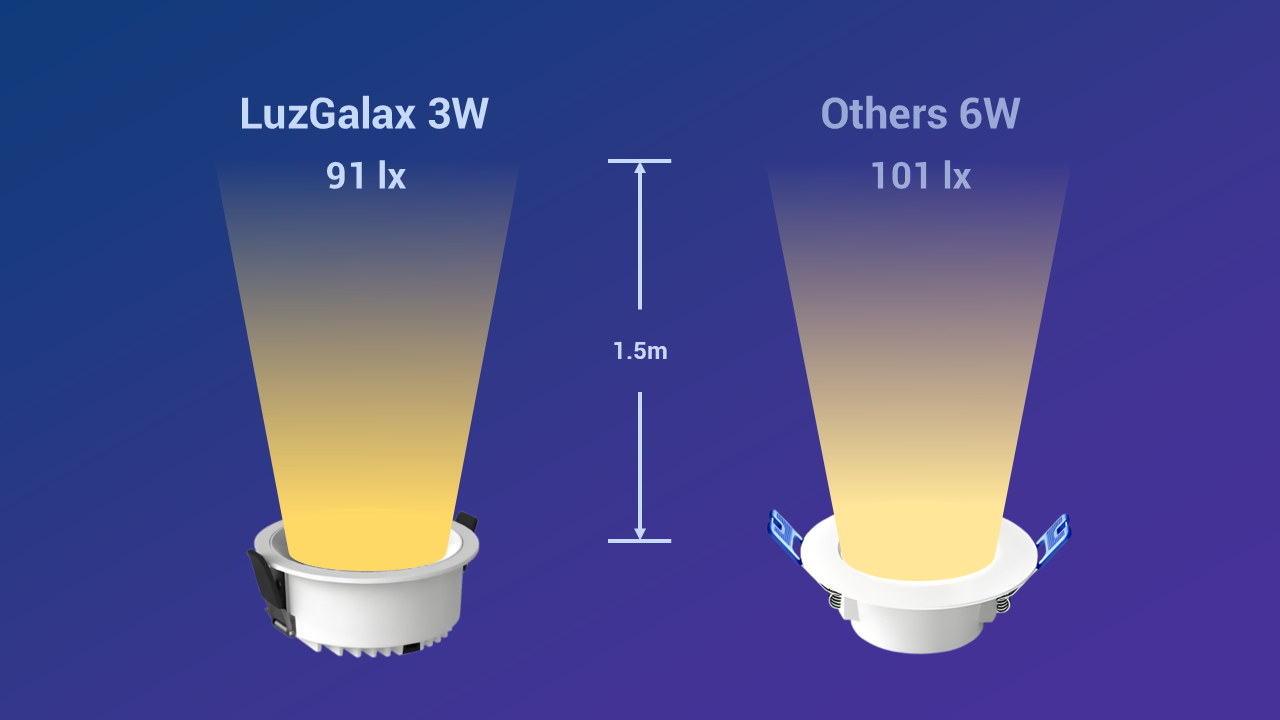Analysis of Main Technical Routes of White Light LED for Lighting
Upload Time:
Sep 29, 2023
Analysis of Main Technical Routes of White Light LED for Lighting
Type of white LED: The main technical routes of white LED for lighting include: ① blue LED+fluorescent powder type; ② RGB LED type; ③ UV LED+fluorescent powder type

Analysis of Main Technical Routes of White Light LED for Lighting
1. Blue light LED chip+yellow green fluorescent powder type, including multi-color fluorescent powder derivative and other types
The yellow green phosphor layer absorbs a portion of the blue light from the LED chip to generate photoluminescence, while the other portion of the blue light from the LED chip transmits out of the phosphor layer and merges with the yellow green light emitted by the phosphor at various points in space, mixing red green blue light to form white light; In this method, the highest theoretical value of the photoluminescence conversion efficiency of fluorescent powder, which is one of the external quantum efficiency, will not exceed 75%; The highest extraction rate of chip output light can only reach about 70%, so theoretically, the highest light efficiency of blue light white LED will not exceed 340 Lm/W, and a few years ago, CREE reached 303Lm/W. If the test results are accurate, it is worth celebrating.
2. The combination of red, green, and blue RGB LED types includes RGBW LED types, etc
The three light-emitting diodes R LED (red), G LED (green), and B LED (blue) are combined together, and the red green blue light emitted is directly mixed in space to form white light. To generate high luminous efficiency white light in this way, first of all, various colored LEDs, especially green LEDs, must be efficient light sources, which can be seen from the "equal energy white light" where green light accounts for about 69%. At present, the light efficiency of blue and red LEDs has been achieved very high, with internal quantum efficiency exceeding 90% and 95%, respectively. However, the internal quantum efficiency of green LEDs is far behind. This phenomenon of low green light efficiency in GaN based LEDs is known as the "green light gap". The main reason is that green LEDs have not yet found their own exclusive epitaxial materials. The existing phosphorus arsenic nitride series materials have low efficiency in the yellow green chromatographic range. However, using epitaxial materials of red or blue light to produce green LEDs, under lower current density conditions, due to the lack of phosphor conversion loss, green LEDs have higher light efficiency than blue+phosphor green LEDs. It is reported that their luminous efficiency reaches 291Lm/W under 1mA current conditions. However, under high current, the Droop effect leads to a significant decrease in the light efficiency of green light. As the current density increases, the light efficiency decreases rapidly. At 350mA current, the light efficiency is 108Lm/W, and at 1A condition, the light efficiency decreases to 66Lm/W.
For group III phosphides, emitting light to the green band has become a fundamental obstacle to the material system. Changing the composition of AlInGaP to emit green light instead of red, orange, or yellow - resulting in insufficient carrier confinement due to the relatively low energy gap of the material system, excluding effective radiation recombination.
In contrast, achieving high efficiency for group III nitrides is more difficult, but the difficulties are not insurmountable. Using this system to extend light to the green light band will result in two factors that reduce efficiency: a decrease in external quantum efficiency and electrical efficiency. The decrease in external quantum efficiency comes from the fact that although the green LED has a lower bandgap, it uses a high forward voltage of GaN, resulting in a decrease in power conversion rate. The second drawback is that green LEDs decrease with increasing injection current density, which is trapped by the droop effect. The Droop effect also appears in blue light LEDs, but it has a greater impact in green LEDs, resulting in lower conventional operating current efficiency. However, there are many speculations about the reasons for the droop effect, not only Auger recombination, but also dislocation, carrier overflow, or electron leakage. The latter is enhanced by a high-voltage internal electric field.
Therefore, the ways to improve the light efficiency of green LED include: on the one hand, studying how to reduce the Droop effect to improve the light efficiency under existing epitaxial material conditions; On the second hand, the photoluminescence conversion of blue LED with green fluorescent powder can emit green light. This method can obtain high luminous efficiency green light, which theoretically can achieve higher than the current white light efficiency. It belongs to non spontaneous green light, and the decrease in color purity caused by spectral broadening is unfavorable for display, but it is not a problem for ordinary lighting. The green light efficiency obtained by this method has the possibility of exceeding 340 Lm/W, But after combining white light, it will still not exceed 340 Lm/W; Thirdly, continue to research and search for exclusive epitaxial materials, only in this way can there be a glimmer of hope that by obtaining a much higher green light than 340 Lm/w, and then combining the three primary colors of red, green, and blue, the white light may be higher than the light efficiency limit of the blue chip type white light LED of 340 Lm/W.
3. Ultraviolet LED chip+three primary fluorescent powder for luminescence
The main inherent flaw of the two types of white LED mentioned above is the uneven spatial distribution of luminosity and chromaticity. And ultraviolet light is invisible to the human eye, therefore, after emitting from the chip, it is absorbed by the three primary color phosphors in the packaging layer, converted into white light by the photoluminescence of the phosphors, and then emitted into space. This is its biggest advantage, just like traditional fluorescent lamps, it does not have uneven spatial color. However, the theoretical light efficiency of ultraviolet chip type white LED cannot be higher than the theoretical value of blue chip type white light, let alone the theoretical value of RGB type white light. However, it is only possible to obtain UV type white LEDs with similar or even higher light efficiency than the two types of white LEDs mentioned above through the development of efficient three primary color phosphors suitable for UV excitation. The closer the UV type LED is to blue light, the greater the possibility, and it is impossible to obtain white LEDs with medium wave and short wave UV lines.
Relevant News









